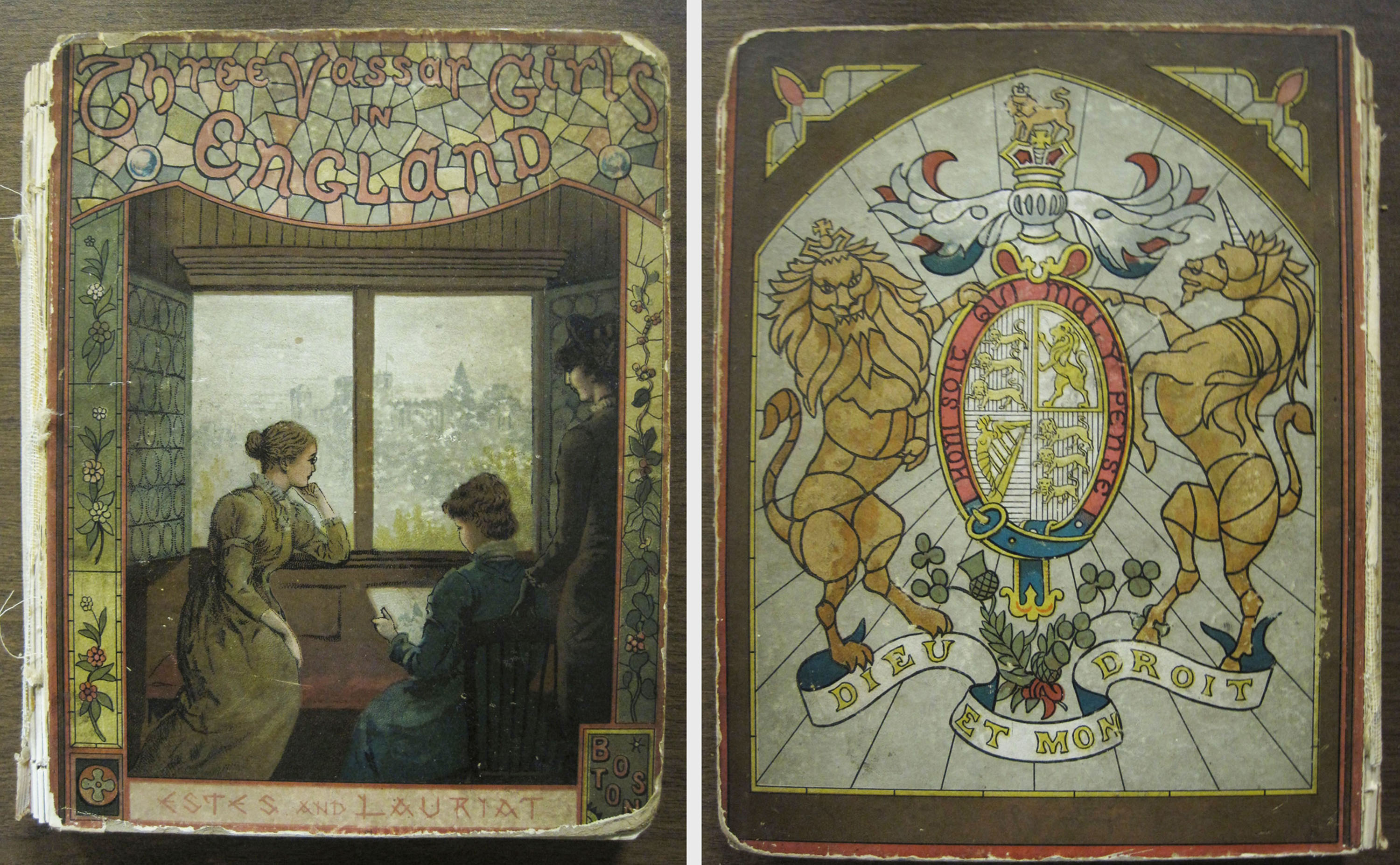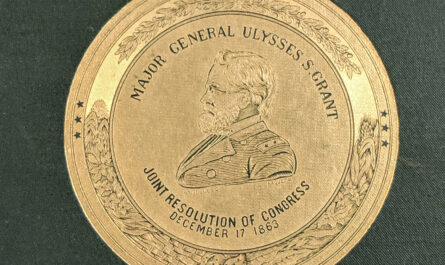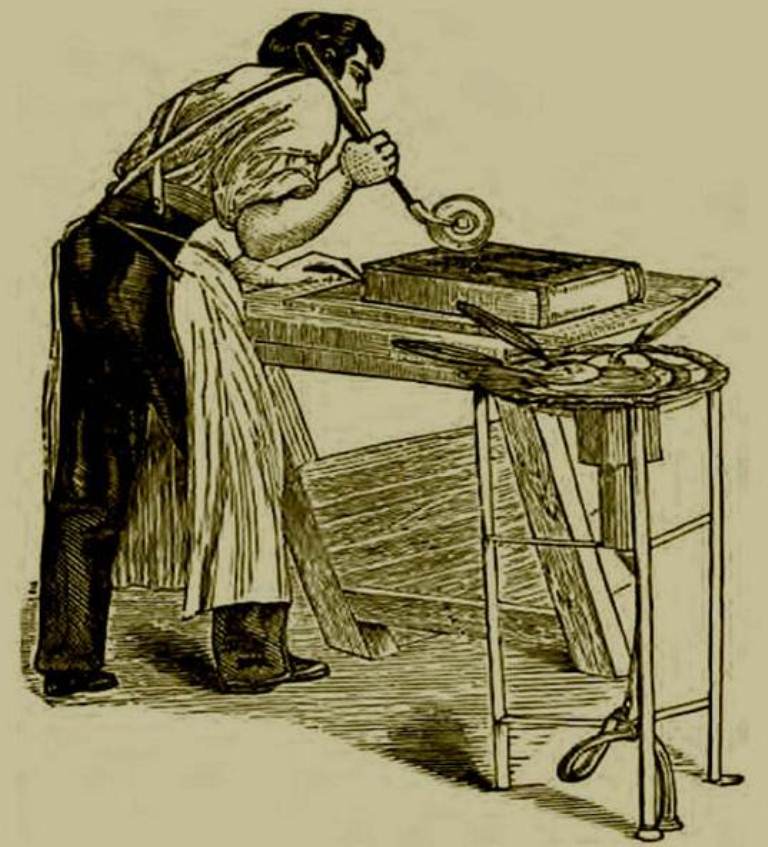
Five years ago, I was at the tail end of a semester-long study abroad experience in London that had brought me everywhere from standing street-side at a royal wedding to learning what “hobs” were (and just how much food residue a group of first-year men could cook onto them in the time between the college’s monthly cleanliness inspections). Now, peppered with Facebook’s frequent reminders of the trip (“Five years ago, you were at Kew Gardens admiring Europe’s largest compost heap!”), this anglophile’s thoughts have been much in England. It is unsurprising, then, that a book titled Three Vassar Girls in England recently captured my attention.

Published in 1884, Elizabeth Williams Champney’s Three Vassar Girls in England tells the story of three fictional Vassar graduates – Barbara Atchison, Cecilia “Saint” Boylston, and Maud Van Vechten – traveling through the U.K. Visiting museums, embarking on sketching tours, attending concerts, and participating in women’s discussion groups, the young graduates may as well be students still, and, skimming their stories, I felt an immediate sense of fellowship with them. The experiences of these twenty-something Seven Sisters graduates – though dated in their specifics, such as Maud’s visit to the London foundling hospital – evoke the spirit of heady independence, novelty, and discovery still intrinsic to study abroad today.
While this fuel for nostalgia in the stories of the fictional college graduates was what initially drew me to Three Vassar Girls in England, it was the real Vassar woman behind the novel who held my attention. Between 1883 and 1921, Elizabeth Williams Champney authored five series and more than 30 novels; Three Vassar Girls in England, her second published work, was just the tip of the iceberg. Much of Champney’s commercial success came from her early works of juvenile fiction, among which (as you might deduce from our book’s bright cover art, ample illustrations, friendly prose, and infusion of textbook history) were the eleven novels of her Three Vassar Girls series.
This series was also one of the author’s many artistic collaborations with her husband, artist James Wells Champney (playfully credited as “Champ” in his wife’s children’s books). The pairing of Elizabeth’s text and James’s illustrations in Three Vassar Girls in England might be seen as a visual representation of their partnership, for – although the Champneys’ first encounter was as drawing instructor and pupil during Elizabeth’s school days – their marriage appears to have been largely egalitarian. They named their son after a respected mentor of James’s and their daughter after a teacher of Elizabeth’s, they collaborated on many of Elizabeth’s children’s books, and, in 1876, it was in Elizabeth’s ancestral home in Deerfield, Massachusetts that they settled after years of travel.

The ideal of gender equality lived by the Champneys carries over into Elizabeth Champney’s fiction, giving the plot of Three Vassar Girls in England an unusual structure of female empowerment. The author presents many alternatives to marriage and motherhood available to the women of her day; by the end of the novel, two of Champney’s “Vassar girls” have entered into careers that enable them to live independently, while only one has married. Even the marriage plot is qualified by a feminist addendum, for the story of Barbara, the young bride, does not end with her marriage. Champney focuses on how Barbara uses her education to run a philanthropic society, downplaying her match. Champney writes of the courtship:
If this were a love-story instead of a story of friendship, we might tell how John Featherstonhaugh prospered in his wooing. As it is, we can only hint that Barbara was too high-spirited a girl to be easily won, even when the citadel was all in revolt in favor of the besieging army. (213)

While there is little room for romantic love in Champney’s “story of friendship,” I would argue that Three Vassar Girls is a love story – an unconventional love letter to England, to travel, and, most of all, to Vasser and to Champney’s fellow classmates. Champney captures the spirit of a women’s college both then and now with the utmost accuracy. For her, education is empowerment, and a Vassar education is one that produces women for whom, whether they fail magnificently or succeed spectacularly, “mediocrity is the one unpardonable sin” (228). Champney peoples her book with women doing the unexpected: with wild schoolgirls who become church leaders, with female doctors and newspaper columnists, and with single women supporting themselves in careers independently of men. This unconventional love story celebrates these women, and encourages the girls who read it to be anything but ordinary.

 by
by 



